More and more, backyard cooks are turning to lamb when decided what to grill. It’s delicious when cooked over an open fire and, being a sweet-tasting meat, lends itself to any number of marinades, rubs, sauces, and seasoning. Butterflied leg of lamb, marinated in a heady garlic-infused brew and then grilled, has become something of an American classic.
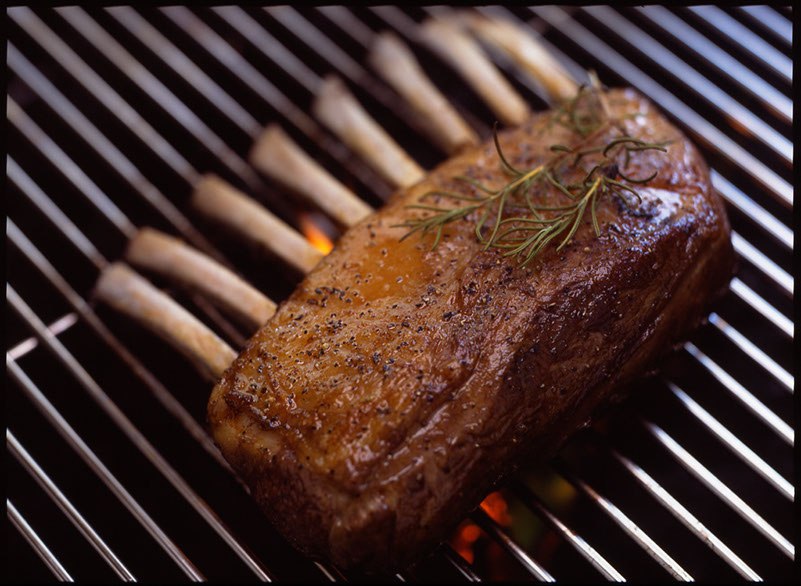
Selecting Lamb for the Grill
At Lobel’s, we sell only prime lamb. If possible, buy top grades for the most tender and flavorful meat, or the best you can find. Most important is to find a butcher you trust, and who can make suggestions.
Most lamb is six to eight months old and weighs about 35 pounds. This means that the meat is pink, firm, and lean; the external fat is firm, white, and not too thick; and the bones are moist and healthfully red. Never buy lamb with dark red meat, yellowish fat, or pure white bones; these indicate older animals whose texture will be touch and the flavor overly intense.
Buying Butterflied Leg of Lamb
Not all boneless leg of lamb is “butterflied.” Once the leg bone has been removed, the meat can either be rolled for roasting or butterflied for grilling. To ensure that you are buying a butterflied leg of lamb, ask the butcher specifically for it, and ask him to “butterfly it at both ends.” One end is the top round end; the other end is the sirloin end. Both create a flap, which can then be flattened to even out and open up the meat.
However, regardless of the skill of the butcher, all butterflied legs of lamb are imperfectly shaped by nature, which means that when grilling you have to tend to the meat carefully to ensure that it does not overcook.
Buying Lamb Chops
Nowadays lamb chops are considered a great treat and so it’s important to know what you’re buying to get the most for your money. Without question, we prefer loin or rib chops. The meat in both chops is tender and flavorful and they grill beautifully. A 2-inch-thick loin chop weighs about 7 ounces and a 1 1/2-inch-thick loin chop weighs about 5 ounces.
Loin chops are from the loin of the lamb. Rib chops are those chops that, when attached, make up the rack (as in “rack of lamb” or “rack roast”). Loin chops have a small T-bone that separates the tenderloin fro the eye. Some butchers insert a kidney below the tenderloin and curve the tail around it, securing it with a skewer; this is very fancy and not too common in this day of impersonal butcher counters. When loin chops are boned, trimmed, and rolled they are called “noisettes.”
Rib chops, which can be used whenever loin chops are called for, do not have tenderloins but are just as flavorful.
Other lamb chops are from the shoulder, and include both the blade and the arm chops. Blade shoulder chops are cut from the beginning of the shoulder, right after the rack, and are more desirable than arm shoulder chops. Arm shoulder chops are from the lower part of the shoulder, near the shank, and have a small round bone. These chops are less tender than the loin and rib chops but have good lamb flavor. They are less expensive and take well to marinating.
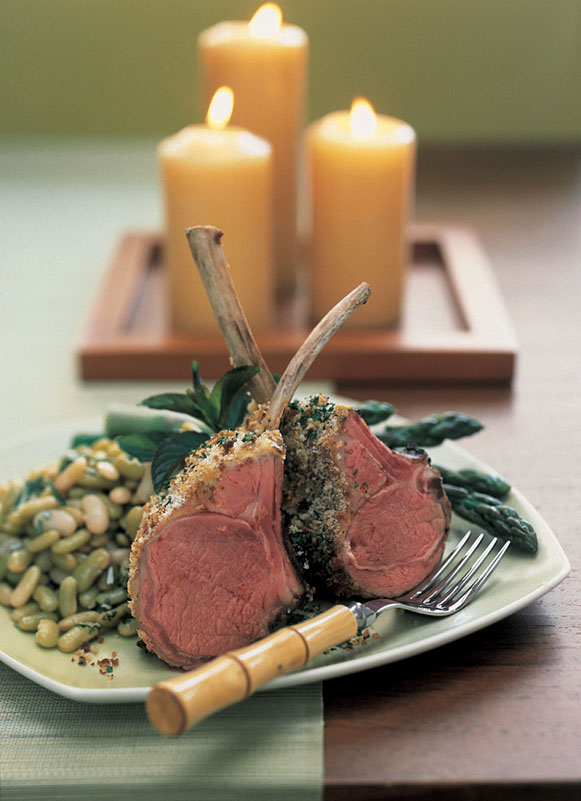
Preparing Lamb for Grilling
Always buy cold lamb. In supermarkets, meat is stored in refrigerated cases and in butcher shops some is displayed in chilled cases, but most is held in the meat locker. When shopping for groceries, buy the meat last. When you get your meat home from the butcher or supermarket or when you open your shipment from Lobel’s of New York, immediately stow the meat in the coldest part of the refrigerator, which usually is the rear of the lowest shelf.
Do not unwrap the meat; you do not want to expose it to the air unnecessarily, and keeping it in its original packaging is a good idea. Remember that summer humidity and higher temperatures are hard on meats, so in warm weather, plan to grill the meat soon.
Keep the lamb in the refrigerator almost until you are ready to cook it. You may have taken it from the refrigerator to marinate or rub it with a seasoning mix, but we advise returning it to cold storage as soon as it has been prepped. It is simply not safe to hold meat at room temperature.
However, there is one important exception to this rule: Meat should be at room temperature before you cook it. Take it from the refrigerator about thirty minutes before you are ready to grill. In the summertime, the meat may only need 15 or 20 minutes to come to cool room temperature. As soon as the chill is gone, put the meat on the grill. If for some reason your timetable changes, return the uncooked meat to the refrigerator.
Pat the meat dry with paper towels and then either marinate it, rub it with dry rub, or otherwise prepare it for the grill. This step is not always included in recipe instructions, because it is universally appropriate for all recipes calling for beef, veal, poultry, lamb, or pork to pat the meat dry with paper towels before cooking. If the meat is dry prior to cooking, it will brown nicely.
Grilling Lamb to Desired Doneness
When grilling lamb, remember that cooking times provided in most recipes are not exact. All grills cook a little differently, and some fires burn hotter than others. You will soon get to know your own grill and your own style and will be able to use cooking times as guidelines. Test for doneness by looking at the meat (or by touch), and use an instant-read thermometer to determine when the meat is done. Lamb can be served rare or better done (140F for rare meat).
Cuts of Lamb for the Grill
Chops |
|
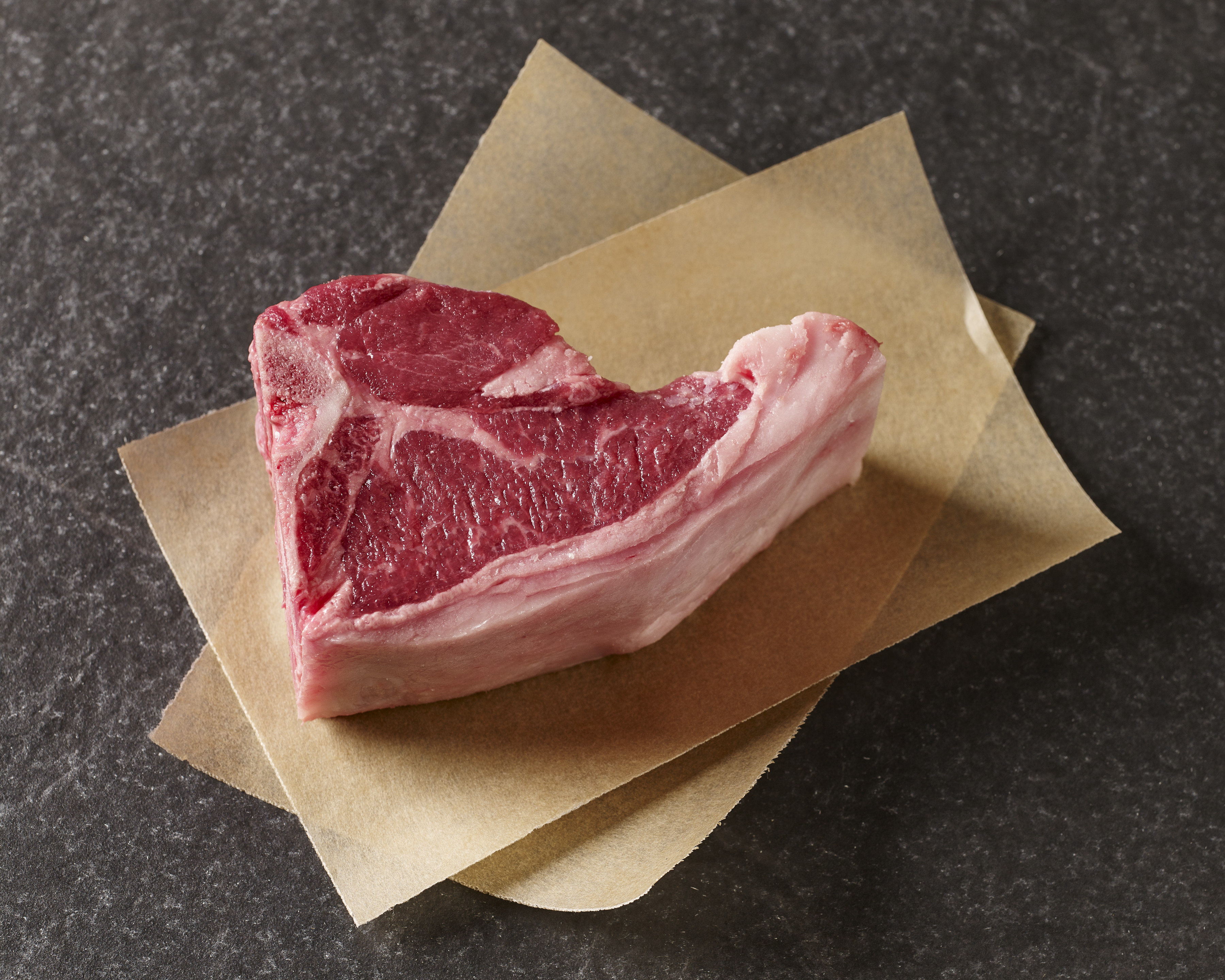 |
Lamb Loin Chops: Tender, flavorful, and meaty, these chops are the equivalent of a lamb Porterhouse, featuring a portion of the strip and the tenderloin in one chop. |
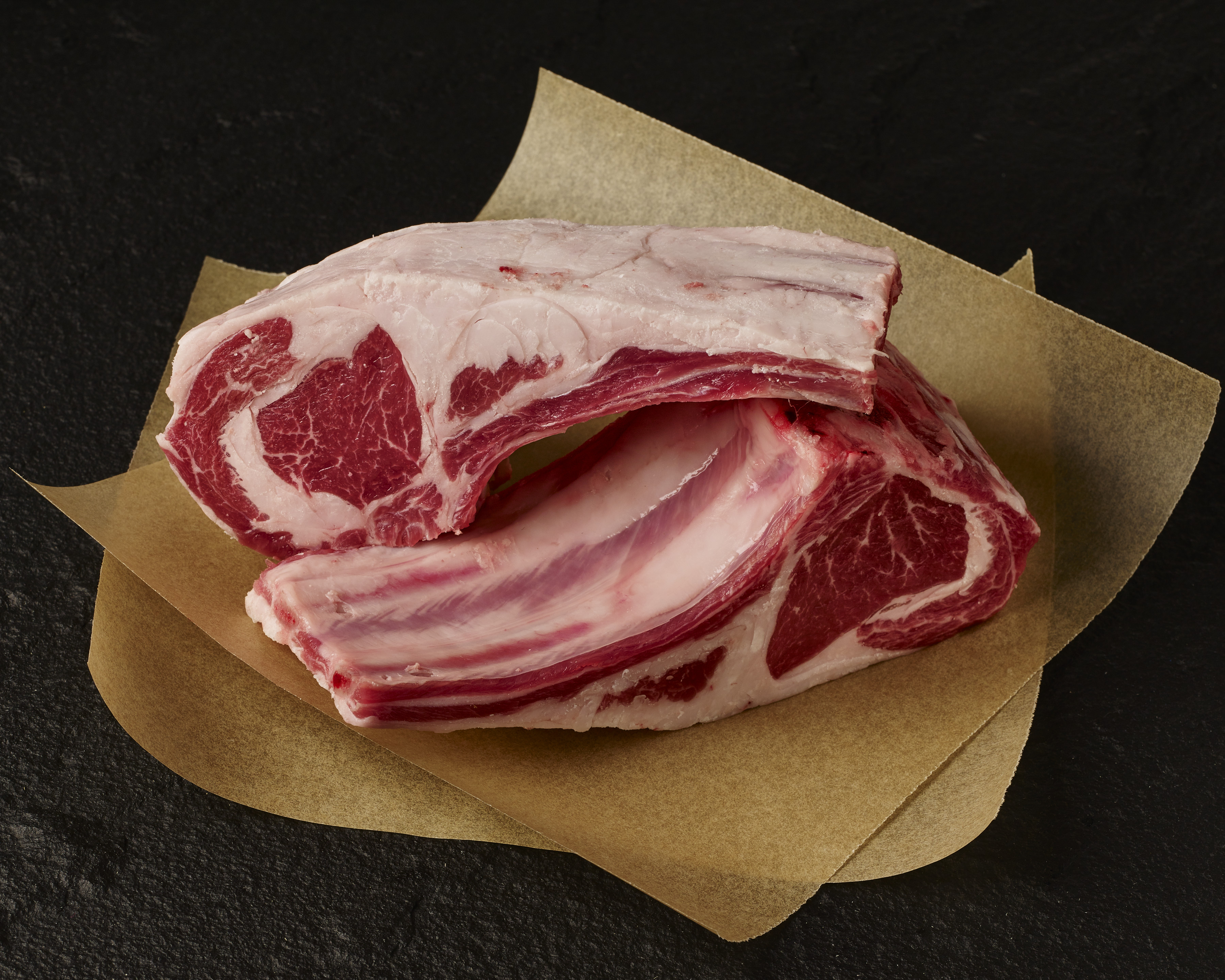 |
Lamb Rib Chops: These are chops you’d get if you cut a whole rack of lamb into chops. Our chops are double-thick. Each double chop weighs 6 ounces and contains two rib bones. Delicate and delicious, featuring the characteristic eye, these chops are best when grilled or broiled. |
Roasts |
|
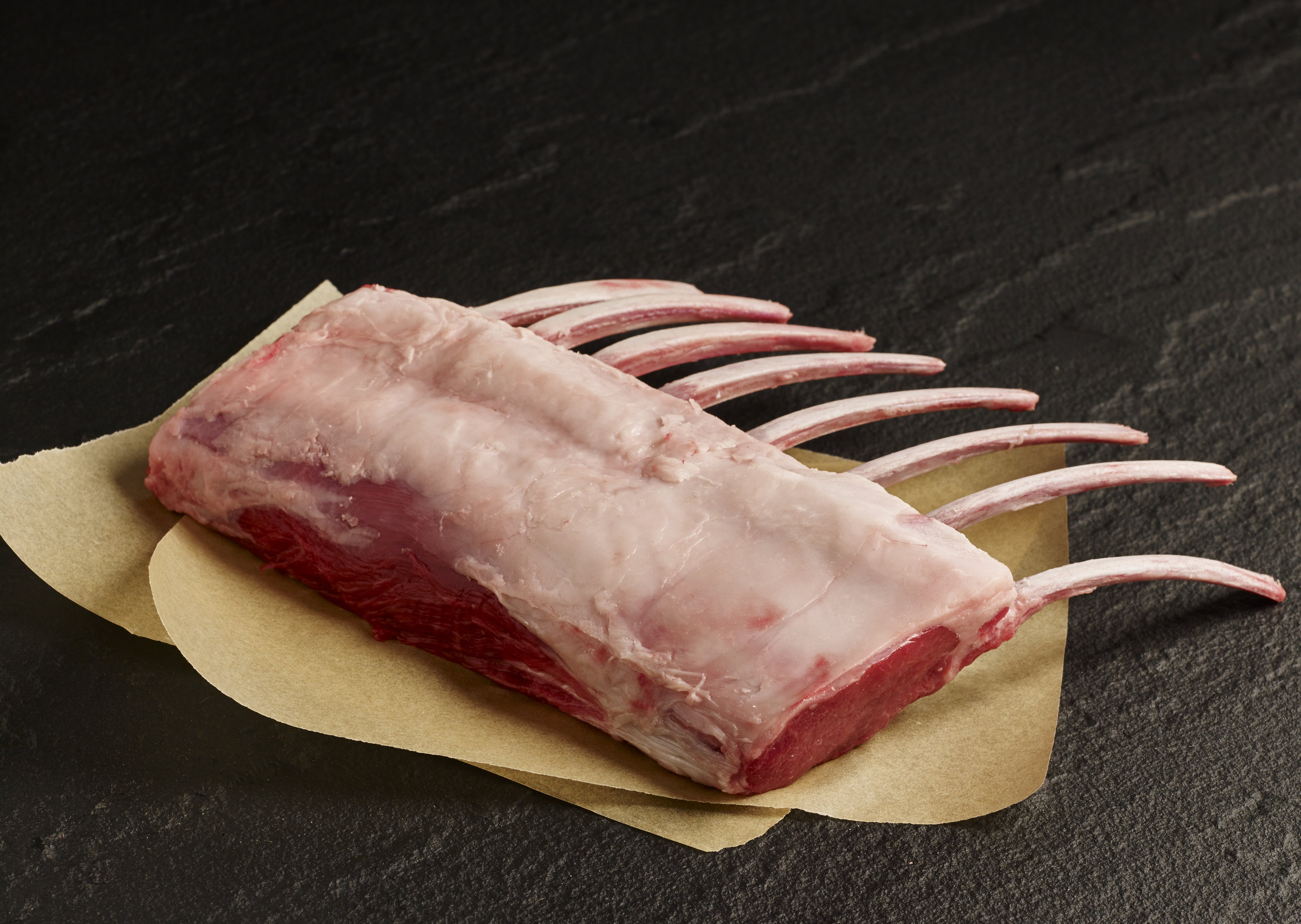 |
Frenched Rack of Lamb: A sophisticated roast that makes a beautiful presentation and is easy to carve. At its best when grilled or roasted simply and served medium rare. |
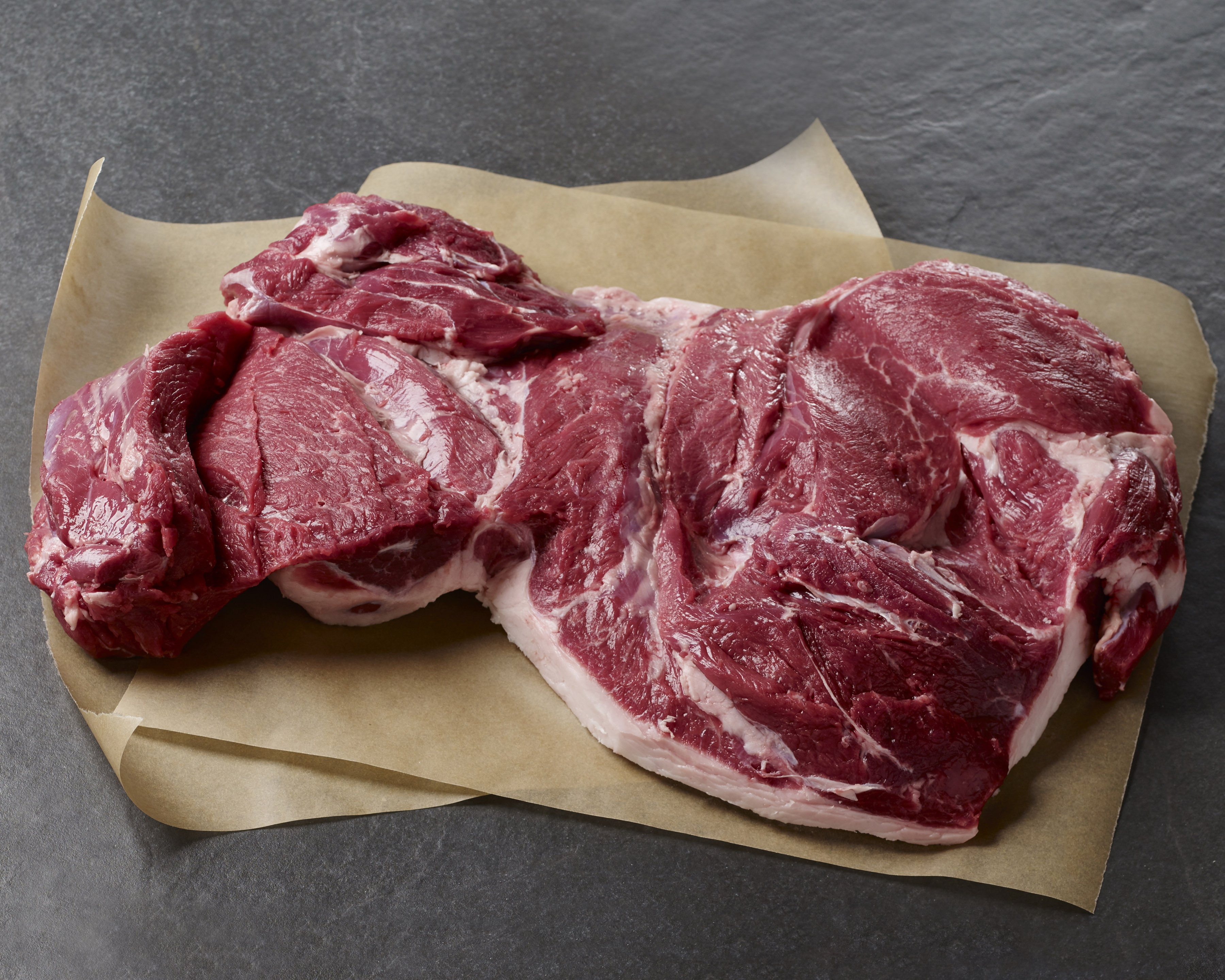 |
Leg of Lamb Bone-In: The bone-in leg of lamb has marvelous flavor and is a traditional meal for festive family gatherings.Boneless: We completely remove the bone from a boneless leg of lamb. The roast is then rolled and tied to help keep its shape while roasting and for easy slicing when it’s time to serve.
Butterflied: The bone is removed from the leg of lamb, and the roast is left open and flattened. This cut is ideal for grilling because it cooks quickly and evenly. |
Additional Selections |
|
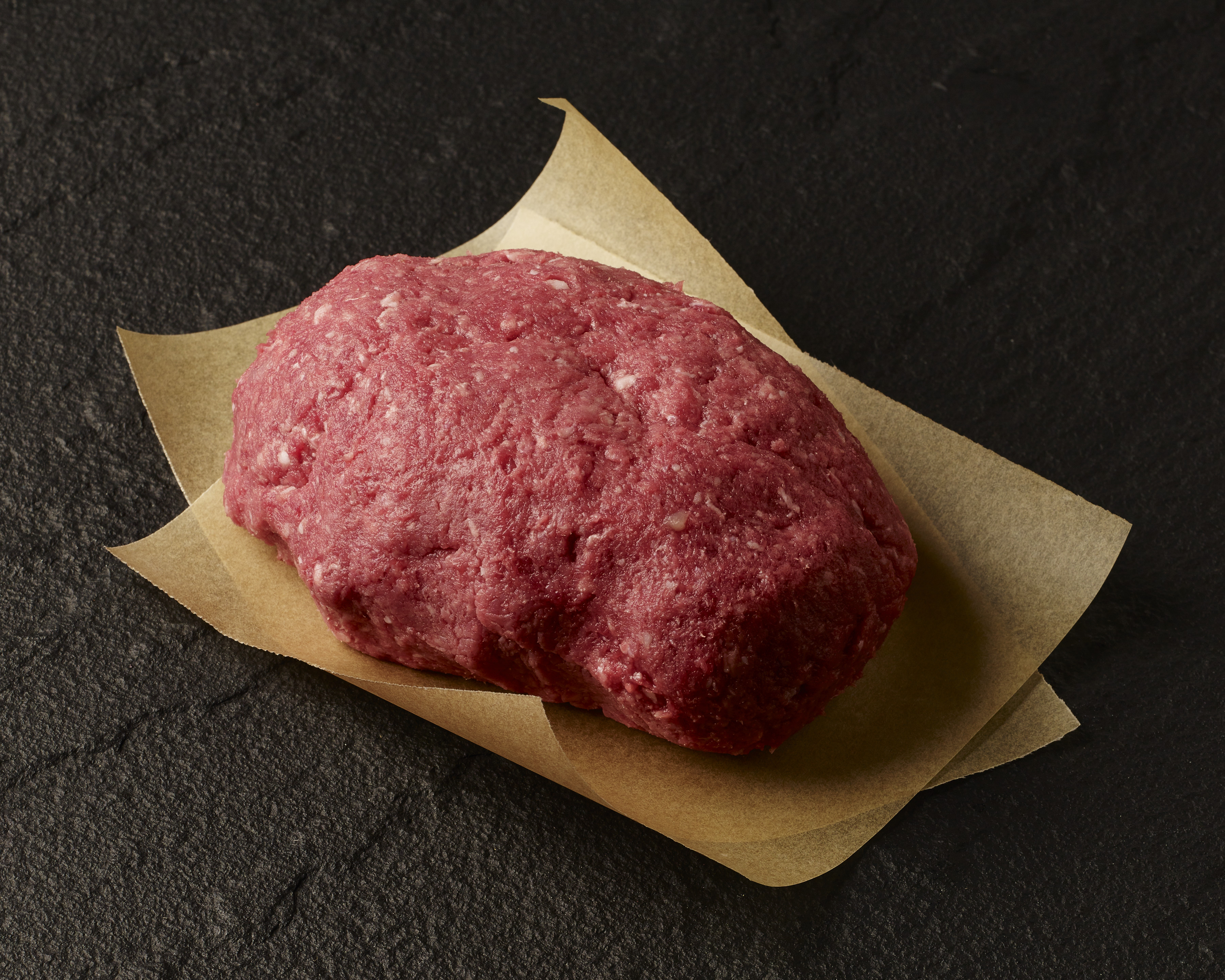 |
Ground Lamb and Lamb Patties: Ground lamb is meaty, juicy, and versatile. It’s wonderful for burgers and meatballs, as well as many Greek and Middle Eastern specialties. |
Lamb Grilling Recipes
Rack of Lamb with Roasted-Shallot Vinaigrette
Butterflied Leg of Lamb Marinated in Yogurt and Mint
Grilled Loin Lamb Chops with Rosemary
For More Inspiration
Check out our board on Pinterest for more tasty ideas on grilling lamb.
What’s your favorite cut of lamb to prepare on the grill? Do you have a favorite lamb grilling recipe? What flavor combinations do you like to use with lamb—mint, yogurt, mustard, herbs?




Leave Your Response